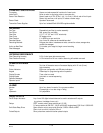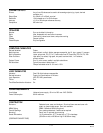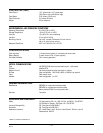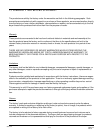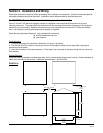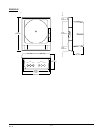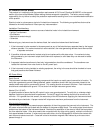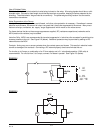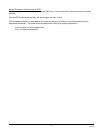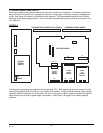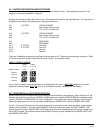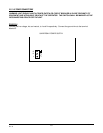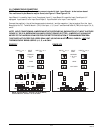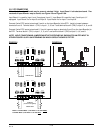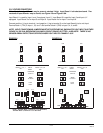
Section 2
2-4
Edition 3
Rev G
Use of Shielded Cable
Shielded cable helps eliminate electrical noise being induced on the wires. All analog signals should be run with
shielded cable. Connection lead length should be kept as short as possible, keeping the wires protected by the
shielding. The shield should be grounded at one end only. The preferred grounding location is at the sensor,
transmitter or transducer.
Noise Suppression at the Source
Usually, when good wiring practices are followed, no further noise protection is necessary. Sometimes in severe
electrical environments, the amount of noise is so great that it has to be suppressed at the source. Many manu-
facturers of relays, contactors, etc. supply "surge suppressors" which mount on the noise source.
For those devices that do not have surge suppressors supplied, RC (resistance capacitance) networks and/or
MOV (metal oxide varistors) may be added.
Inductive Coils - MOV's are recommended for transient suppression in inductive coils connected in parallel and as
close as possible to the coil. See Figure 2-2 (below). Additional protection may be provided by adding an RC
network across the MOV.
Contacts - Arcing may occur across contacts when the contact opens and closes. This results in electrical noise
as well as damage to the contacts. Connecting a RC network properly sized can eliminate this arc.
For circuits up to 3 amps, a combination of a 47 ohm resistor and a 0.1 microfarad capacitor (1000 volts) is
recommended. For circuits from 3 to 5 amps, connect 2 of these in parallel. See Figure 2-3 (below).
FIGURE 2-2
FIGURE 2-3
A.C.
MOV
Inductive
Load
C
R
0.5
mfd
1000V
220
ohms
115V 1/4W
230V 1W
A.C.
MOV
R
Inductive
Load
C



